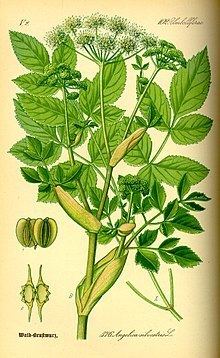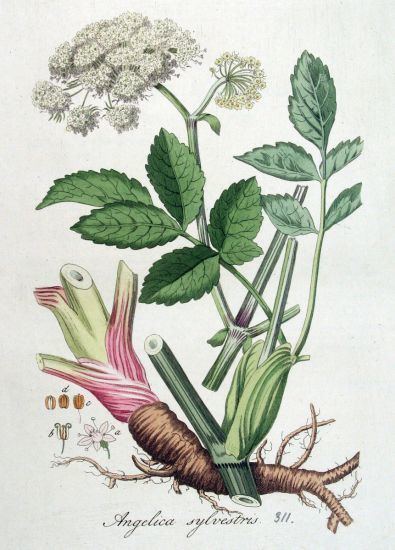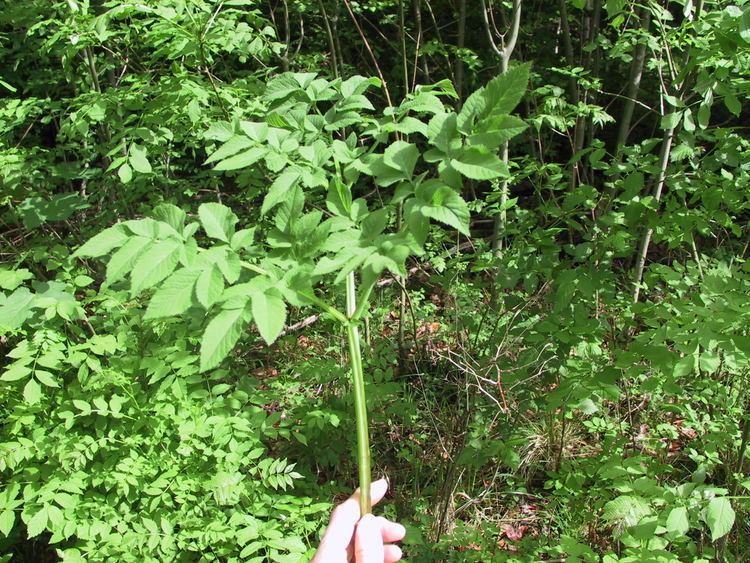Rank Species | Genus Angelica Higher classification Wild celery | |
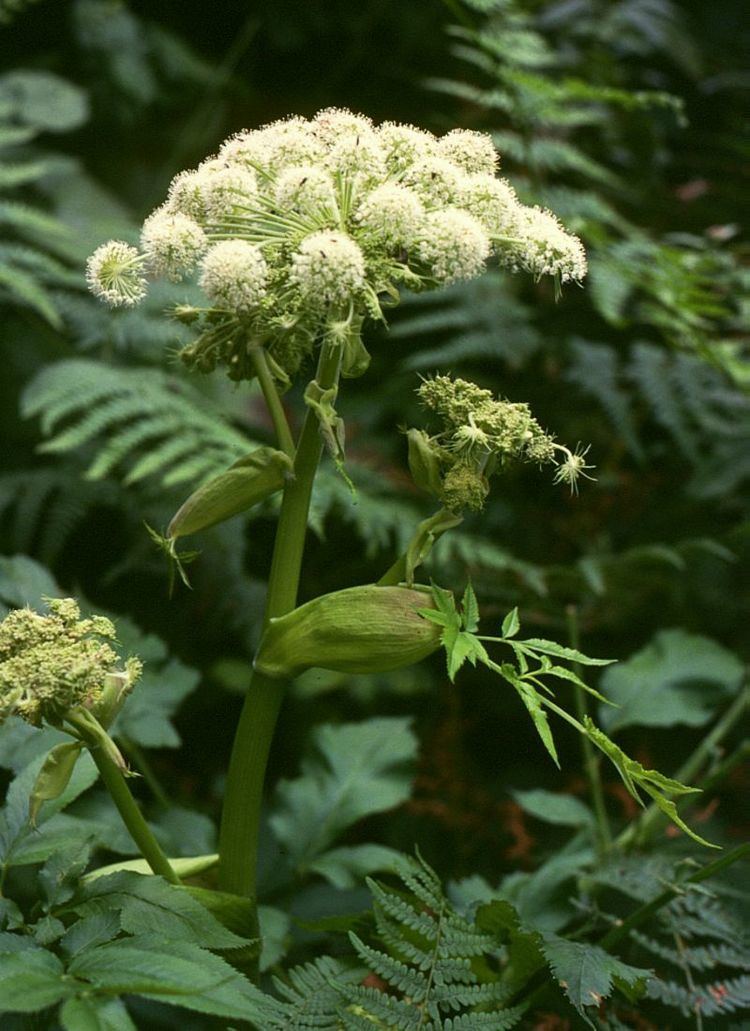 | ||
Similar Cow Parsley, Cow Parsnip, Ground Elder, Cuckoo Flower, Meadowsweet | ||
Wild angelica angelica sylvestris 2014 07 20
Angelica sylvestris or wild angelica is a species of plant, an umbellifer, that grows about one to two and a half metres tall.
Contents
- Wild angelica angelica sylvestris 2014 07 20
- Lot of insects on a wild angelica plant angelica sylvestris sendntxzg
- Distribution and habitat
- Ecology
- Uses
- References
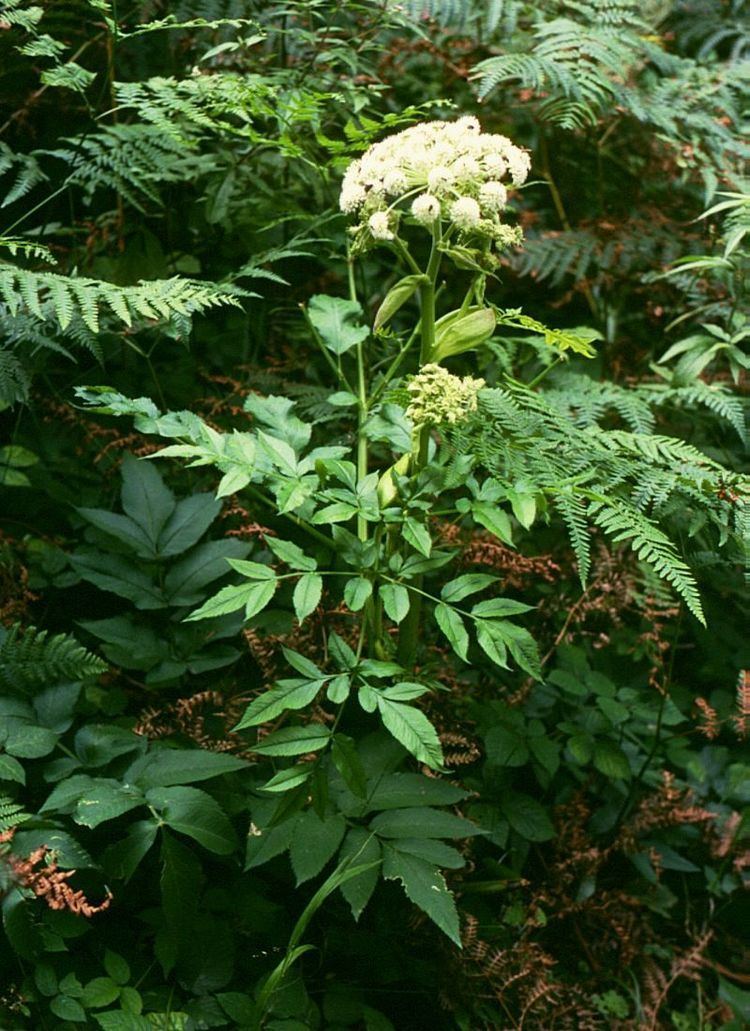
Lot of insects on a wild angelica plant angelica sylvestris sendntxzg
Distribution and habitat
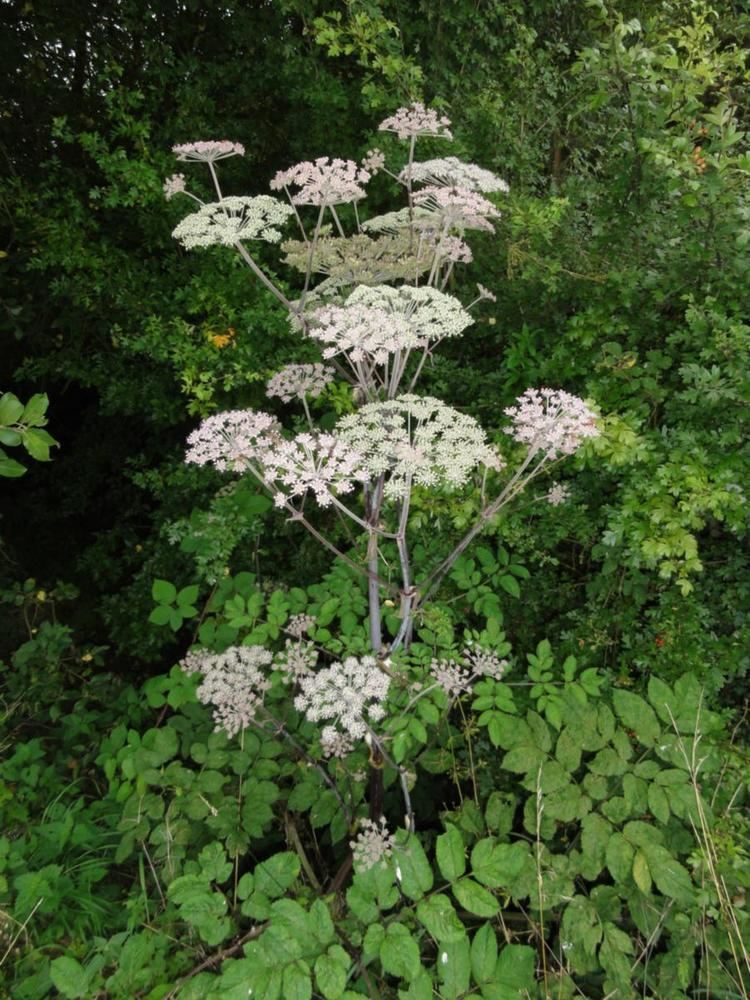
The species is native to Europe and Asia and grows in fields, hedgerows, open woods, marshes and fens. Woodlands, dappled shade, shady forest margins, rarely in deep shade. Will grow in light (sandy), medium (loamy) and heavy (clay) soils. Angelica proliferates in acid, neutral and basic (alkaline) soils. It can grow in full shade (deep woodland) semi-shade (light woodland) or no shade. It can be found in dry or wet habitats but prefers moist slopes. Wild Angelica grows on grazing grounds, cultured land and along streams.
Ecology

It has recently been determined to be an invasive weed in New Brunswick and Cape Breton, Nova Scotia, Canada. "According to the New Brunswick Invasive Species Council, unless this species is controlled, Woodland Angelica could spread throughout Canada, overwhelming other vegetation." The flowers are visited by a wide array of insects and are thus characterised by a generalised pollination system.
Adult wasps of the Dolichovespula norwegica wasps are known to feed off the nectar provided by A. sylvestris.
Uses
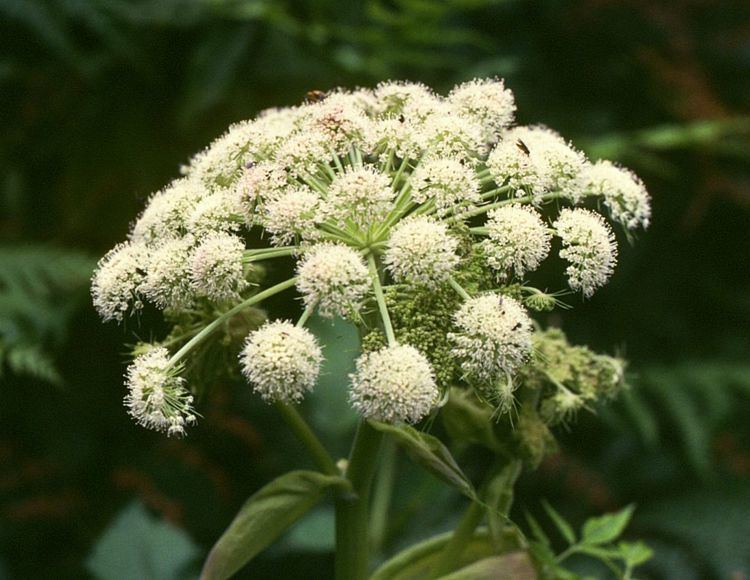
It was used as a vegetable until the 20th century. The plant prevents scurvy, and it can be stored. The stem was eaten fresh, and the leaves could be boiled to a stew for storage. It could later be cooked up with milk into a tasty dish. The plant has also been used for dyeing.
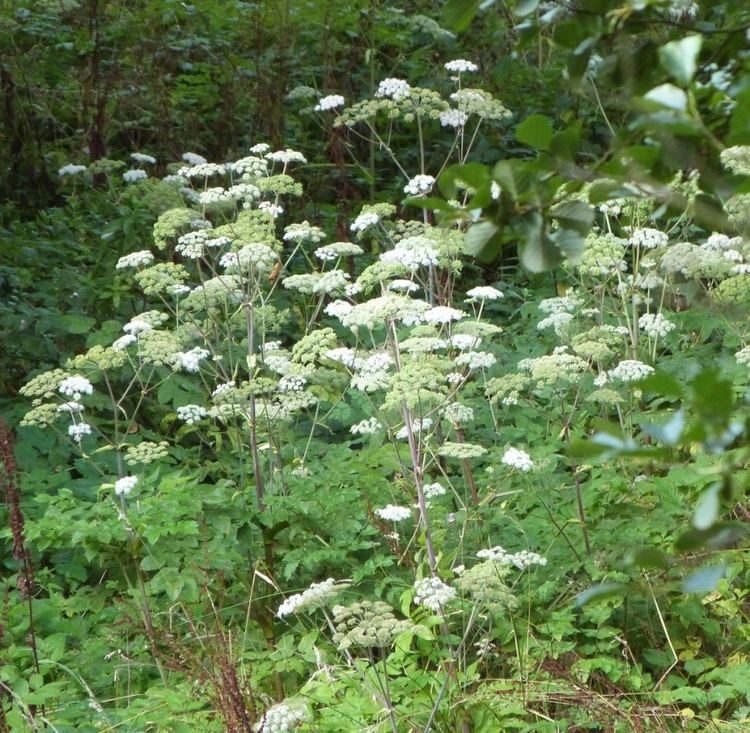
Angelica sylvestris roots have been used in the traditional Austrian medicine internally as tea or tincture for treatment of disorders of the gastrointestinal tract, respiratory tract, nervous system, and also against fever, infections, and flu.
